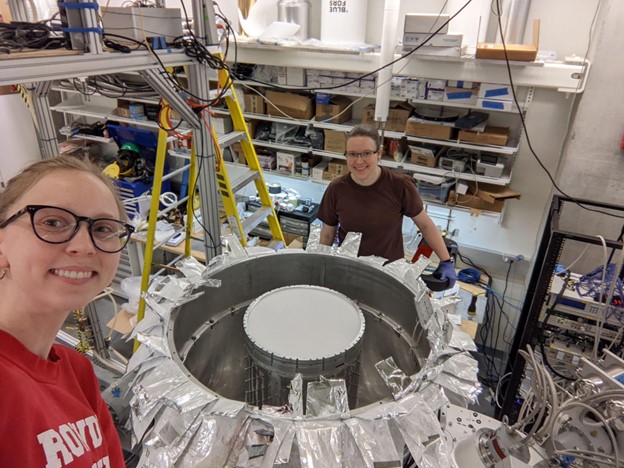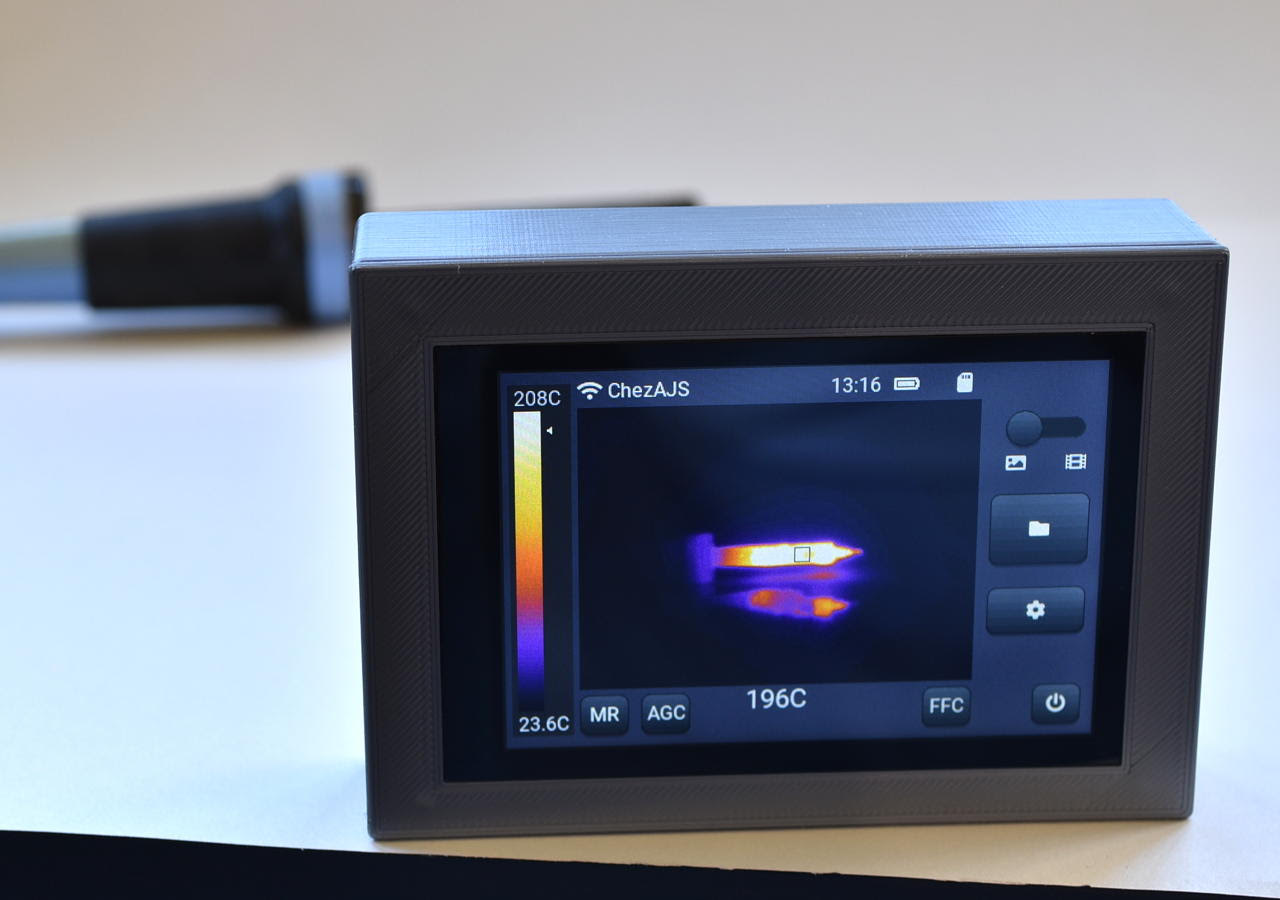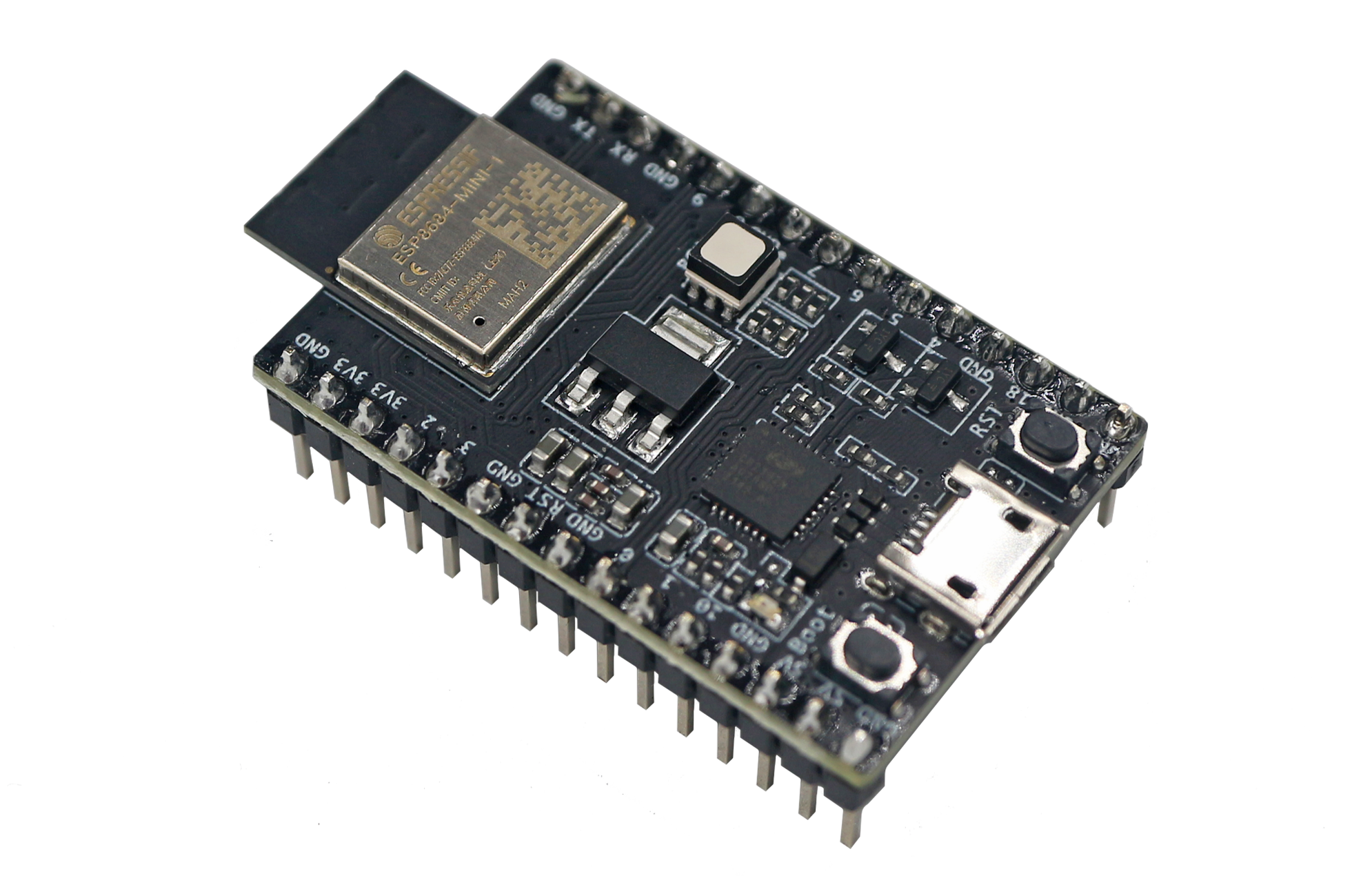
The near-field results were used to predict far-field performance of the assembly, which includes lenses, filters, a feed horn and baffles.
“We developed a way to use radio-holography to characterise a fully integrated cryogenic telescope instrument prior to deployment,” said project researcher Grace Chesmore, of the University of Chicago (left in photo). “In the lab, it’s much easier to spot issues before they become problematic and manipulate the components inside the telescope to optimise performance.”
This is the first time such parameters have been confirmed prior to the deployment of a new receiver, according to Optica, which has published the technique in its journal Applied Optics.
Operating at 4K not only brought the components to the dimensions that they will operate at when finally installed in the telescope, but also increased the signal-to-noise ratio of results, which were then analysed by computer.
“The software uses the near-field maps we measured to determine the behaviour of a far-field microwave source,” said Chesmore. “This is only possible using radio-holography because it measures both the amplitude and phase of the microwaves, and there is a known relationship between the properties in the near and far-field.”
It was worth doing, because one of the filters was unexpectedly reducing optical efficiency and increasing side-lobes at the exit of the receiver. Overall results predict that less than 1% of power will spill past the telescope mirrors.
According to the researchers, the technique is likely to be applicable to future millimetre and sub-mm instruments.
Photo: researchers Grace Chesmore (left) and Katie Harrington open their cryogenic microwave holography tester. Credit: Grace Chesmore, University of Chicago.
‘The Simons Observatory: Characterizing the large aperture telescope receiver with radio holography‘, Applied Optics







